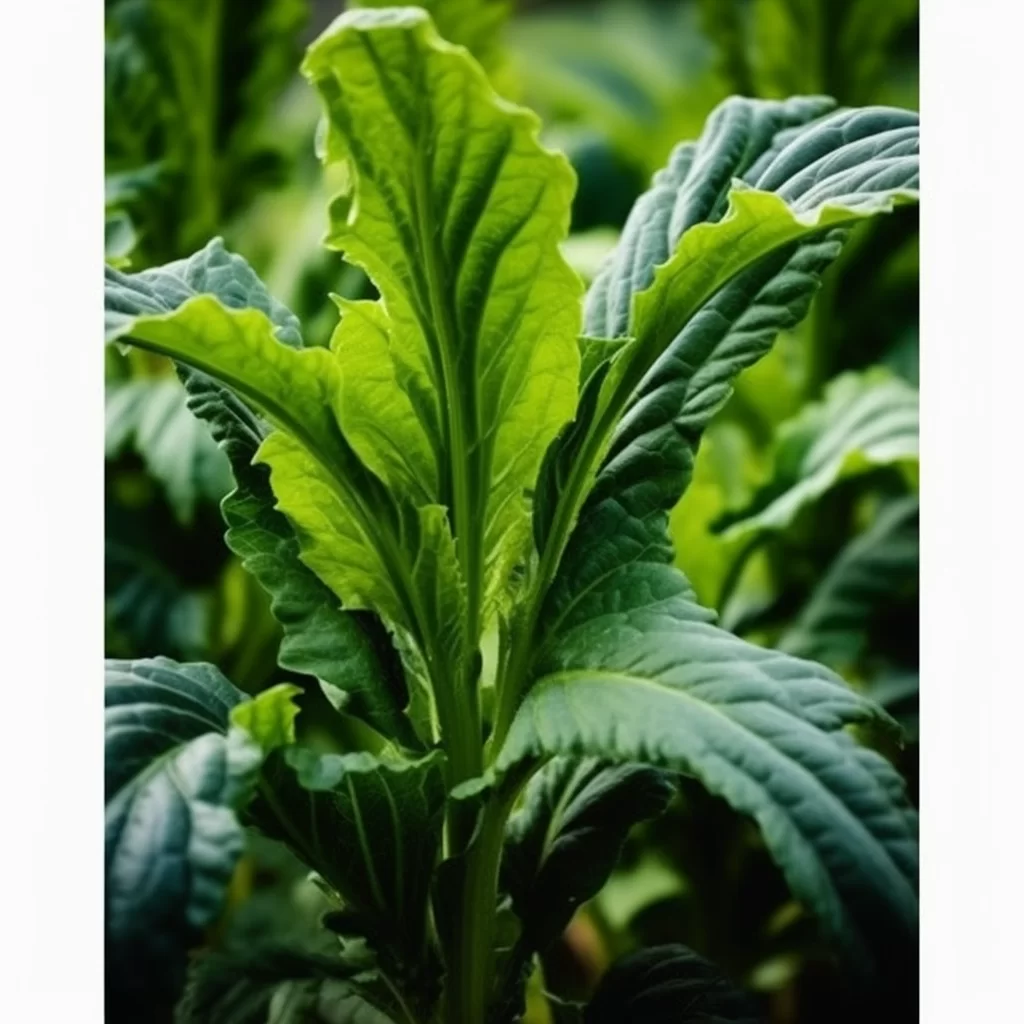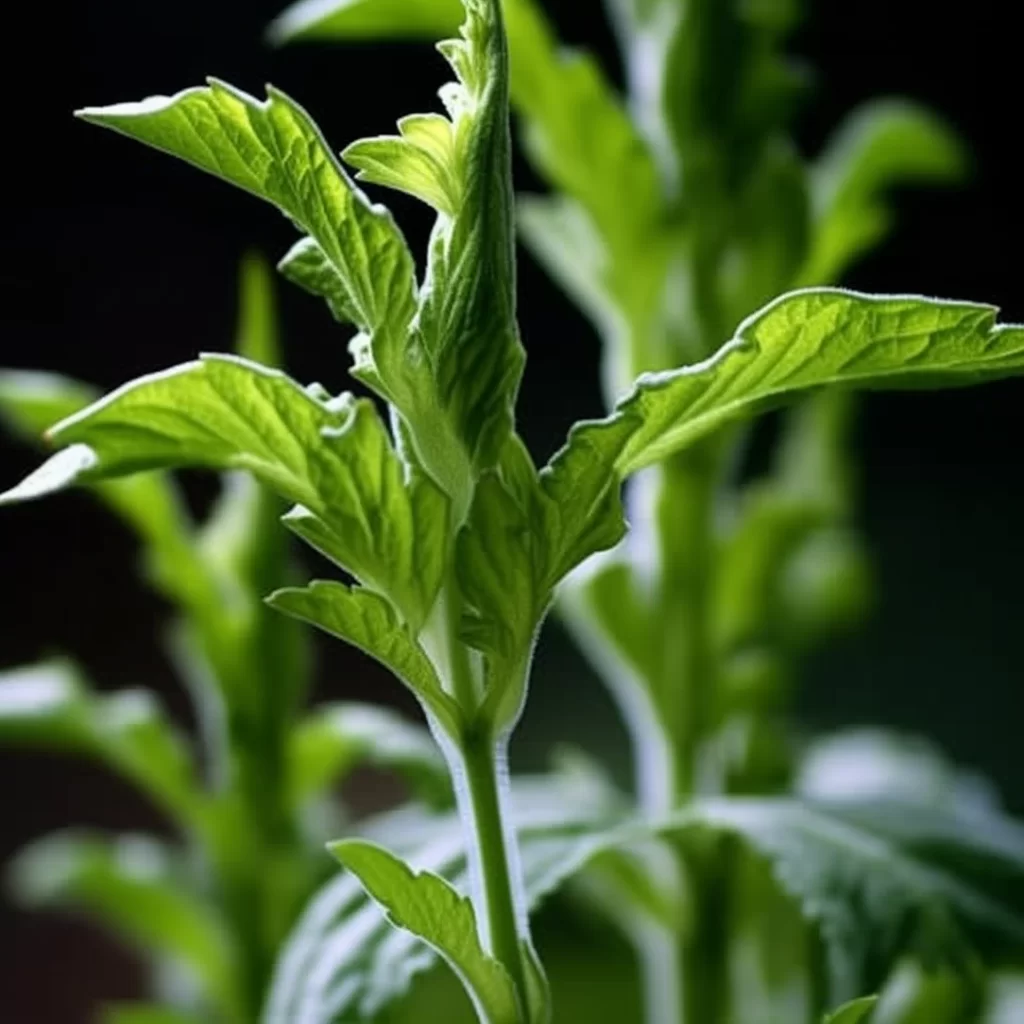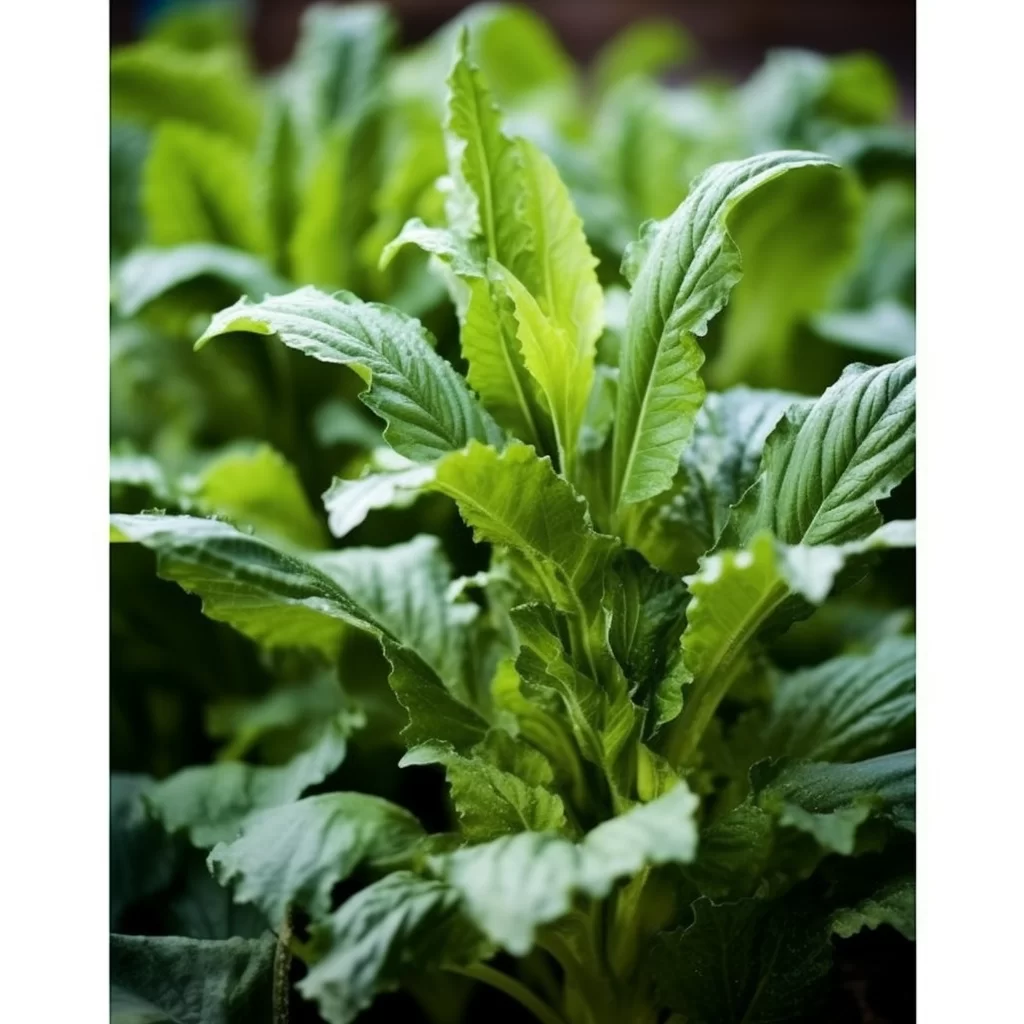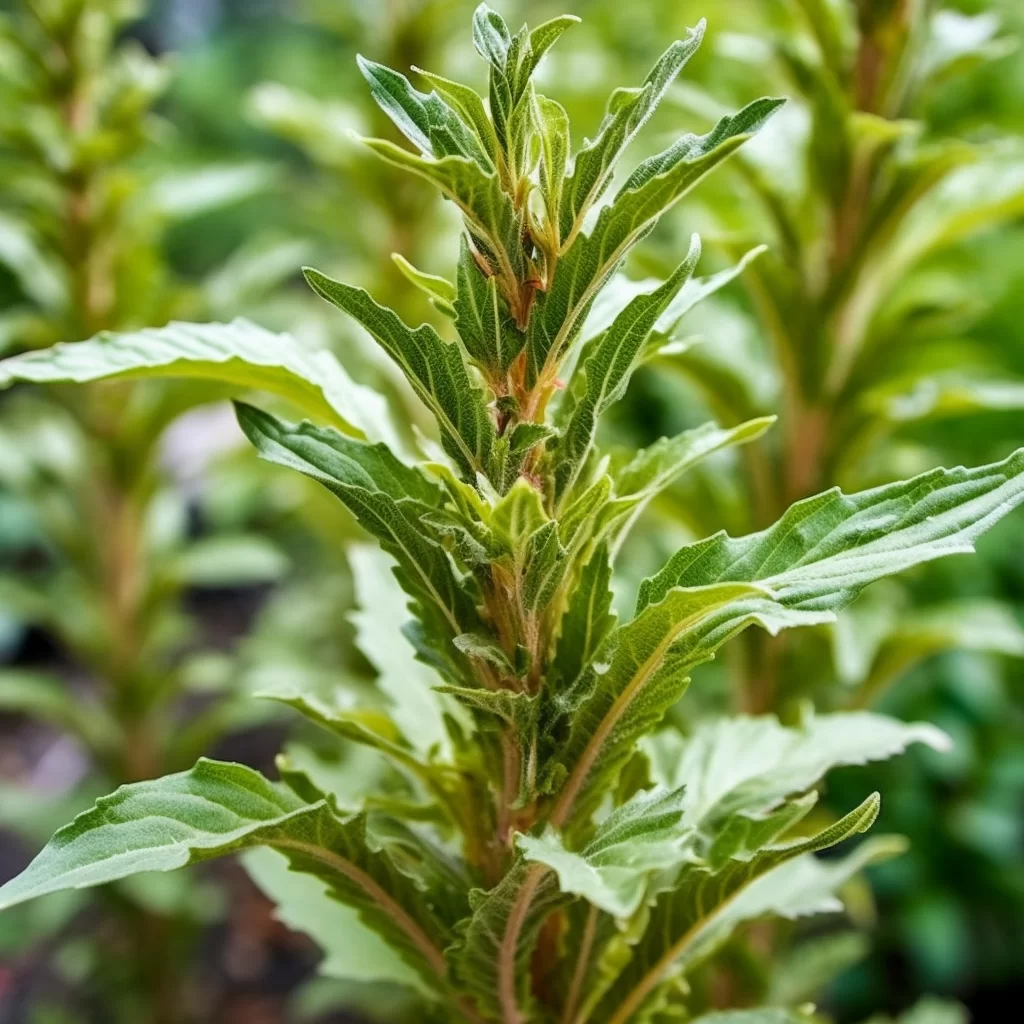Story of Day :
Contents
The Acanthus Plant: Complete Guide and Care Tips
If you’re looking for a stunning plant to elevate your garden, then the acanthus plant might just be what you need.
Boasting impressive flowers and large leaves that can bring depth and texture to any outdoor space, this plant is also known as bear’s breeches due to its uniquely shaped foliage.
Whether you’re a seasoned gardener or just starting out, incorporating the acanthus into your landscape design can add a touch of sophistication and elegance.Not only is the acanthus visually appealing, but it is also easy to care for.
With minimal maintenance required, this hardy perennial can thrive in most climates and soil types.
Its ability to grow tall makes it an excellent choice for creating focal points within your garden or even as a border along walkways or paths.
Give your outdoor space some character by considering the majestic acanthus plant as part of your landscaping plan!
Overview of the Acanthus Plant
The acanthus plant is native to the Mediterranean region but has been widely cultivated in other parts of the world.
It is a perennial herbaceous plant that belongs to the family Acanthaceae.
The leaves are large, lobed, and spiny with a glossy green finish.
The flower spike of an acanthus can grow up to 5 feet tall with individual blooms that are tubular in shape with white or pink petals depending on species.
Growing Conditions for Acanthus Plants

- Acanthus prefers full sun or partial shade conditions
- Well-draining soil is essential for healthy growth
- Acidic soils should be avoided as they can cause damage
- Regular watering will keep soil moist but not waterlogged
Acanthus plants are loved for their beautiful and unique foliage that can add a touch of elegance to any garden.
These evergreen perennials require minimal care and can thrive in various conditions, making them an excellent choice for both novice and experienced gardeners.
To keep your Acanthus plants healthy, make sure they are planted in well-draining soil with enough sunlight or partial shade.
Avoid overwatering or letting the soil become too dry as it may damage the roots.
Regular pruning will help maintain its shape and promote new growth.Aside from regular watering and pruning, there are several additional care tips you can follow to ensure your Acanthus plants remain vibrant throughout the year.
Applying a layer of mulch around the plant base will help retain moisture while keeping weeds at bay.
Fertilizing once a year during springtime with a balanced fertilizer will provide essential nutrients to support healthy growth.
Additionally, watch out for pests such as aphids or slugs that may damage leaves – using insecticidal soap or beer traps respectively is effective at dealing with these pesky insects! Following these care tips will allow you to enjoy your Acanthus plant’s beauty all year round!
- Acanthus plants require little maintenance once established in ideal growing conditions.
- Acanthus mollis: Also called bear’s breeches this has large green leaves that are deeply lobed with white flowers in summer.
- Fertilization: Applying fertilizer during spring will contribute towards overall growth and development.
Use three pounds of ammonium sulfate per one hundred square meters two times annually—both April/May & September/October months preferable time for fertilizing. Organic gardening can be a great way to grow plants without using synthetic chemicals.
Organic gardening can be a great way to grow plants without using synthetic chemicals.
If you prefer organic fertilizers, bone meal or cottonseed meal are excellent options.
To apply these fertilizers, you will need to use one pound of fertilizer for every 100 square feet of growing space.
This will help ensure that your plants receive the nutrients they need to thrive and produce healthy blooms.In addition to fertilizer, it’s also important to deadhead your flowers regularly.
Deadheading involves removing spent blooms from the plant in order to encourage new growth and more blooms over time.
You should also consider dividing your plants every two years during the fall season.
This helps prevent overcrowding and disease, which can be common problems in gardens with tight spaces and lots of competing root systems.
Lastly, it’s important to keep an eye out for pests like snails and slugs, which can cause damage by eating holes in leaves or even entire plants if left unchecked.
Using slug bait or handpicking pests is an effective way to control these common garden threats so that your plants stay healthy and happy throughout the growing season!Acanthus is a beautiful flowering plant with a unique look that stands out in any garden.
There are many different varieties of acanthus, each with their own distinctive characteristics.
Some popular acanthus varieties include the Acanthus mollis, also known as Bear’s Breeches, which features large leaves and striking white and purple flowers, and the Acanthus spinosus, or Spiny Bear’s Breeches, which has smaller leaves and longer flower spikes.
Another well-liked variety is the Acanthus hungaricus or Hungarian Bear’s Breech which blooms later in the season with lavender colored flowers.Each of these acanthus varieties has its unique qualities that make it special.
If you’re looking to add some color to your garden while keeping an eye on sustainability then growing an acanthus plant might be just what you need! They are easy to care for plants that thrive in most climates and can add a touch of elegance to your outdoor space.
So why not try adding one or more of these popular acanthus varieties to your garden today?  In conclusion, there are numerous types of Acanthus available that add beauty and interest to any landscape project you may have planned.
In conclusion, there are numerous types of Acanthus available that add beauty and interest to any landscape project you may have planned.
Each variety comes complete with its distinct foliage patterns and flower styles making them ideal for offering diversity when planting flower beds or borders around walkways paths or driveways; this will ensure even blooming throughout the seasons creating a charming visual display from spring through fall! So whether you
There are a few acanthus varieties that are highly sought after because of their stunning appearance.
These plants have gained popularity among garden enthusiasts for their unique and captivating aesthetic appeal.
Gardeners all over the world love to grow these acanthus types as they add a touch of elegance and charm to any landscape.The beauty of these acanthus varieties lies in their lush green foliage and intricate floral patterns.
Their leaves are deeply lobed, creating a mesmerizing texture, while their flowers have an attractive shape that stands out from other flowering plants.
Whether you have a large garden or a small balcony, growing one of these beautiful acanthus varieties will undoubtedly turn your outdoor space into an eye-catching masterpiece!

 Acanthus spinosus is a plant variety that catches the eye with its spiky and striking foliage.
Acanthus spinosus is a plant variety that catches the eye with its spiky and striking foliage.
This type of plant is known for its charming purple-white flowers that bloom during the early summer season.
These beautiful flowers create a lovely feature in any garden or landscape, attracting attention from passersby and providing an aesthetically pleasing ambiance to nearby areas.If you’re looking for an attractive plant that stands out in your garden, then Acanthus spinosus may be just what you need! With its unique and captivating appearance, this variety adds character to any landscape while requiring little maintenance.
Its charming blooms are sure to impress anyone who sees them, making it an excellent choice for gardeners looking to add some vibrancy into their outdoor space.The acanthus plant played a significant role in ancient Greece.
This beautiful and distinctive plant was often used in the decoration of temples, monuments, and other important buildings.
The leaves of the acanthus were particularly prized for their ornate shape and intricate detail, which made them a symbol of beauty and sophistication.In addition to its decorative use, the acanthus also had a practical purpose in ancient Greece.
Its leaves were used to create crowns that were awarded to victors at sporting events such as the Olympics.
They were also incorporated into wreaths worn by soldiers returning from battle as a sign of triumph and honor.
Overall, the acanthus was an important part of Greek culture that represented both beauty and achievement.Furthermore, its influence can still be seen today in architecture around the world.
The Corinthian order is one of three major classical orders found in ancient Greek architecture that features stylized acanthus leaves on its capitals.
This design has been replicated throughout history and can be seen adorning many famous buildings across Europe like Notre Dame Cathedral or St Pancras International Station London as well as modern structures like One World Trade Center New York City or Burj Khalifa Dubai – demonstrating how this timeless symbol continues to inspire awe even centuries later!
The acanthus plant has been a source of interest for the Greeks since ancient times.
The Greeks believed that the acanthus plant had medicinal properties which led them to explore its various uses.
One of their most notable discoveries was how well it could be incorporated into architecture as a design element.As time went on, the Greeks began using acanthus leaves in their designs, giving birth to a distinctive ornamentation style that has become popular all over the world today.
This style is characterized by intricate patterns and curving lines that resemble the leaves of an acanthus plant.
Its popularity continues to this day and can be seen in various forms of art, both ancient and modern.
The Acanthus plant is an impressive species that has long been recognized for its resilience.
Despite facing tough environmental conditions, this plant can withstand a great deal of stress and continue to grow robustly.
This trait has led many people to regard the Acanthus as a symbol of rebirth since it demonstrates the ability to persevere and thrive even when faced with adversity.Apart from its hardiness, the Acanthus is also known for its unique foliage design.
The plant’s leaves are intricately designed with sharp edges that resemble a deeply cut leaf pattern.
This characteristic makes it quite distinct from other plants in its family, making it easily identifiable by botanists and horticulturists alike.
Moreover, this foliage design has become increasingly popular in ornamental gardening since it adds an appealing texture to any landscape or garden area where it is planted.
With such remarkable features, there’s no doubt that the Acanthus plant continues to be celebrated by nature enthusiasts worldwide!
In conclusion
The acanthus plant is a true gem for anyone who loves beautiful flowers and lush foliage in their garden or outdoor space.
Not only is it visually stunning, but it also requires very little maintenance to keep it looking its best.
Whether you are an experienced gardener or just starting out, this plant is an excellent choice due to its adaptability to different growing conditions.
You can easily enhance the look of your garden with this versatile plant that adds a touch of elegance and sophistication wherever it grows.When choosing plants for your outdoor space, the acanthus should definitely be on your list of options.
With its remarkable beauty and ease of care, it’s no wonder why so many people turn to this plant as their go-to choice.
Regardless of experience level or gardening skills, anyone can enjoy the stunning flowers and foliage that come with growing an acanthus plant.
Whether you have ample sunlight or limited space for planting, this adaptable species will thrive in various conditions while adding a unique touch to your garden’s decor.